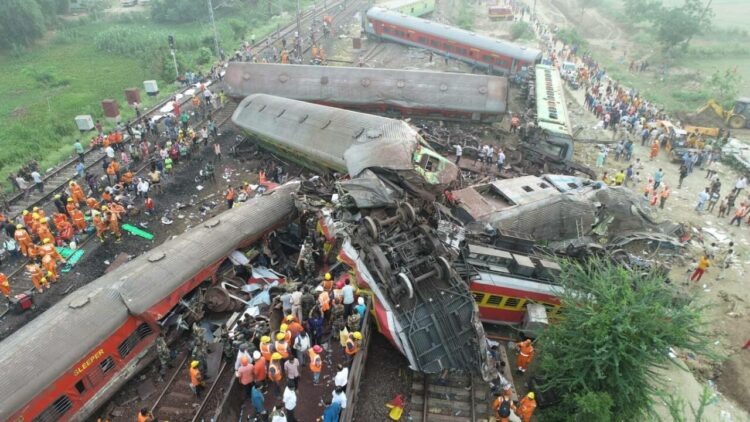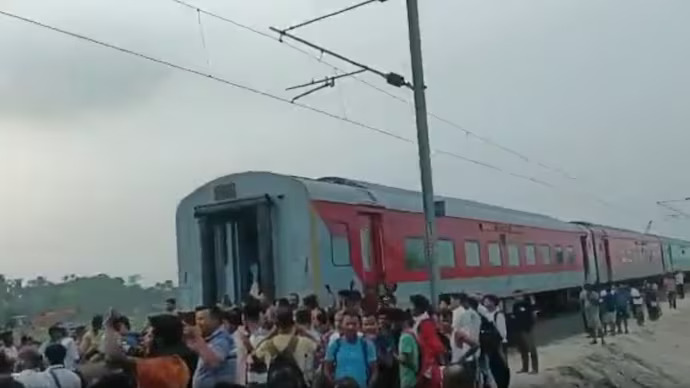The Commissioner of Railway Safety (CRS) investigating the Balasore train tragedy led by South Eastern Circle CRS AM Chowdhary pointed out problems from the signalling and telecommunications department (S&T). Chowdhary submitted the CRS report on June 29 to the Railway board. Railway officials have suggested the triple train tragedy was caused due to human errors by the on-duty officials.
The officials stated, “While there has been no official confirmation, some sources said the CRS informed in its report that the accident occurred due to human error on the part of on-duty officials in the Signalling and Telecom Department as well as the Traffic Department”. The official added, “The report was submitted and has found lapses on the part of a few departments along with some staff in charge of the relay room”.
It was reported that the railway officials did not adhere to the regular operating procedure for railway operations. Apart from the CRS investigation, the CBI is also probing the tragedy.
However, authorities added that the Railways has not made the report public to avoid any influence or interference in the CBI investigation into the triple train tragedy. As per the media reports, the senior officials stated, “The Railways will not make public the CRS probe report on the Balasore triple train accident to ensure that there is no “influence or interference” on the CBI’s ongoing investigation in the case”.
Another official said, “We will not be disclosing the CRS report because of another ongoing independent enquiry (of CBI). This is to ensure that this report does not in any way influence or interfere with the other report. We will take cognisance of both the reports and make an overall evaluation of the incident and then take whatever steps necessary”.
Typically, such findings are made available to top officials so that the CRS’s recommendations are strictly acknowledged and executed. According to officials, the CRS generally produces an interim report before the final report within a week of any mishap. But this time, CRS only submitted one report.
Notably, just before the CRS report was due, the railway board ordered a double-locking arrangement for every relay room with train controlling mechanisms, relay huts (having signalling and telecommunications equipment of level-crossings), and point and track circuit signals.
According to the letter, ‘access to the relay room’ was critical to the ‘signalling interference’ that forced the Coromandel Express to take the loop line at Balasore and collide with a stationary freight train.
The objective of the recent order of putting a double-locking system in the relay room was to make the access tamper-proof by not enabling entry into the room.
The day after submitting the CRS report, it was reported that the General Manager of South Eastern Railway, Archana Joshi, had been transferred from her post. The official statement by Indian Railways says, “South Eastern Railway’s General Manager Archana Joshi removed from her post after the Balasore train accident. The Appointments Committee of the Cabinet approves Anil Kumar Mishra to become the new General Manager of South Eastern Railway”.
The tragic incident of a triple train accident on June 2, which involved the Chennai-bound Coromandel Express, the Howrah-bound Shalimar Express, and a goods train, claimed the lives of 291 people and injured over 1000 people.
Meanwhile, as many as 52 bodies at the All India Institute of Medical Sciences (AIIMS) in Bhubaneswar are yet to be identified after the triple train collision in Odisha’s Balasore district.
Mayor of Bhubaneswar Municipal Corporation Sulochna Das said, “There are 81 bodies at AIIMS Bhubaneswar, and we have sent their samples for DNA testing due to multiple claims for a single body. Out of that, the confirmation for 29 samples has been received, and their relatives/claimants have been informed”.




















Comments